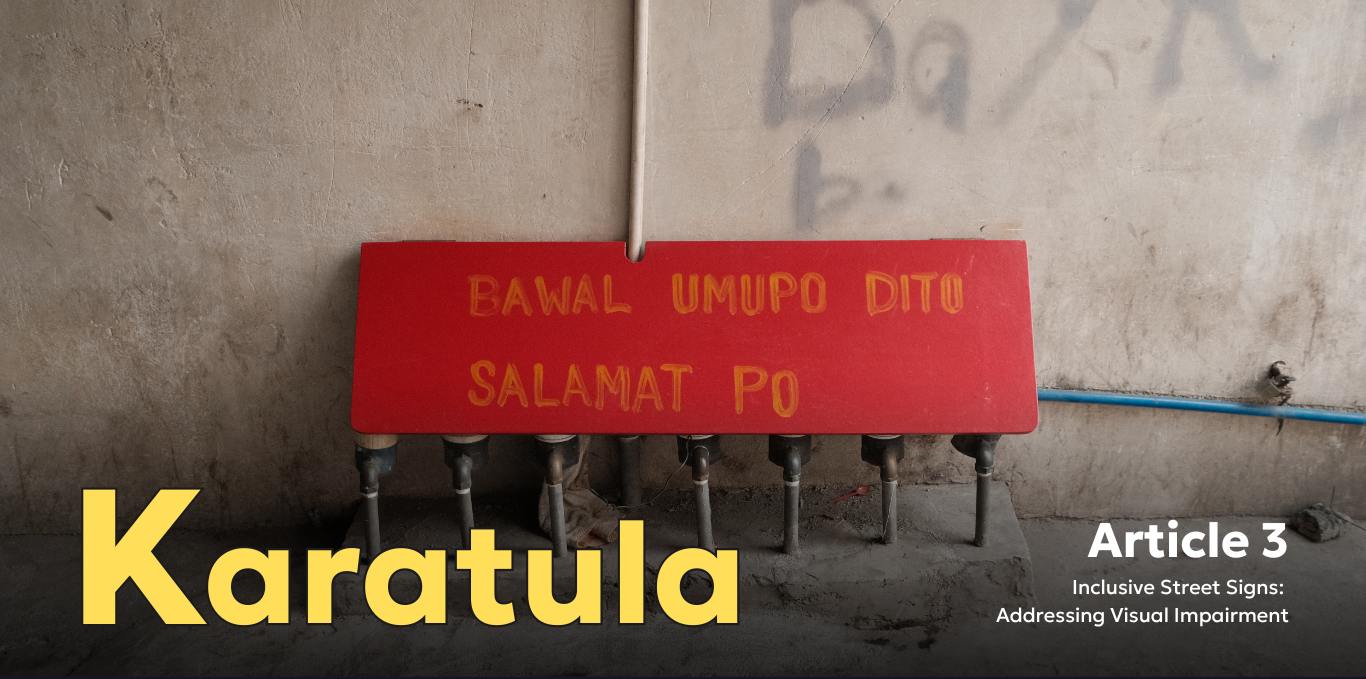
Inclusive Street Signs: Addressing Visual Impairment
The article highlights the role of consistent, inclusive signage in fostering accessibility. It aims to raise awareness, educate on design impact, promote inclusive practices, and advocate for environments prioritizing equality and belonging for all.
Making Street Signs Accessible for the Visually Impaired
Creating accessible street signs for the visually impaired is crucial for inclusive urban spaces. Here are key tips for sign-makers:
- High Contrast and Bold Fonts – Use dark text on light backgrounds and bold sans-serif fonts in larger sizes for better readability.
- Clear and Simple Language – Use short, understandable phrases and avoid jargon.
- Braille and Tactile Elements – Incorporate braille and embossed letters for those who read by touch.
- Proper Sign Placement – Position signs at a consistent height, free from obstructions and glare.
- Audio Output and Technology – Integrate audio functions or smartphone apps for audible information.
- Consider Lighting Conditions – Ensure adequate lighting without glare or shadows.
- User Testing and Feedback – Involve visually impaired individuals in testing and gather feedback.
- Universal Design Principles – Use intuitive designs that everyone can understand.
- Regulatory Compliance – Follow local accessibility standards and regulations.
- Continual Evaluation and Improvement Regularly update signs based on feedback and new technologies.

We are reshaping the urban landscape, addressing unique needs for low vision impairment and colorblindness. Beyond static displays, our immersive experience engages users with groundbreaking signage solutions. Join us in transforming public perception, fostering awareness, and empowering individuals with disabilities.
Experience a city where inclusivity becomes reality at Karatula.
OTHER ARTICLES
- Inclusive Street Signs: Addressing Visual Impairment August 13, 2024
- Empowering Signmakers: User Engagement in Design August 13, 2024
- Accessible Signage: Making Public Spaces Inclusive August 13, 2024
- Inclusive Street Signs: Addressing Visual Impairment July 23, 2024
- Empowering Signmakers: User Engagement in Design July 23, 2024